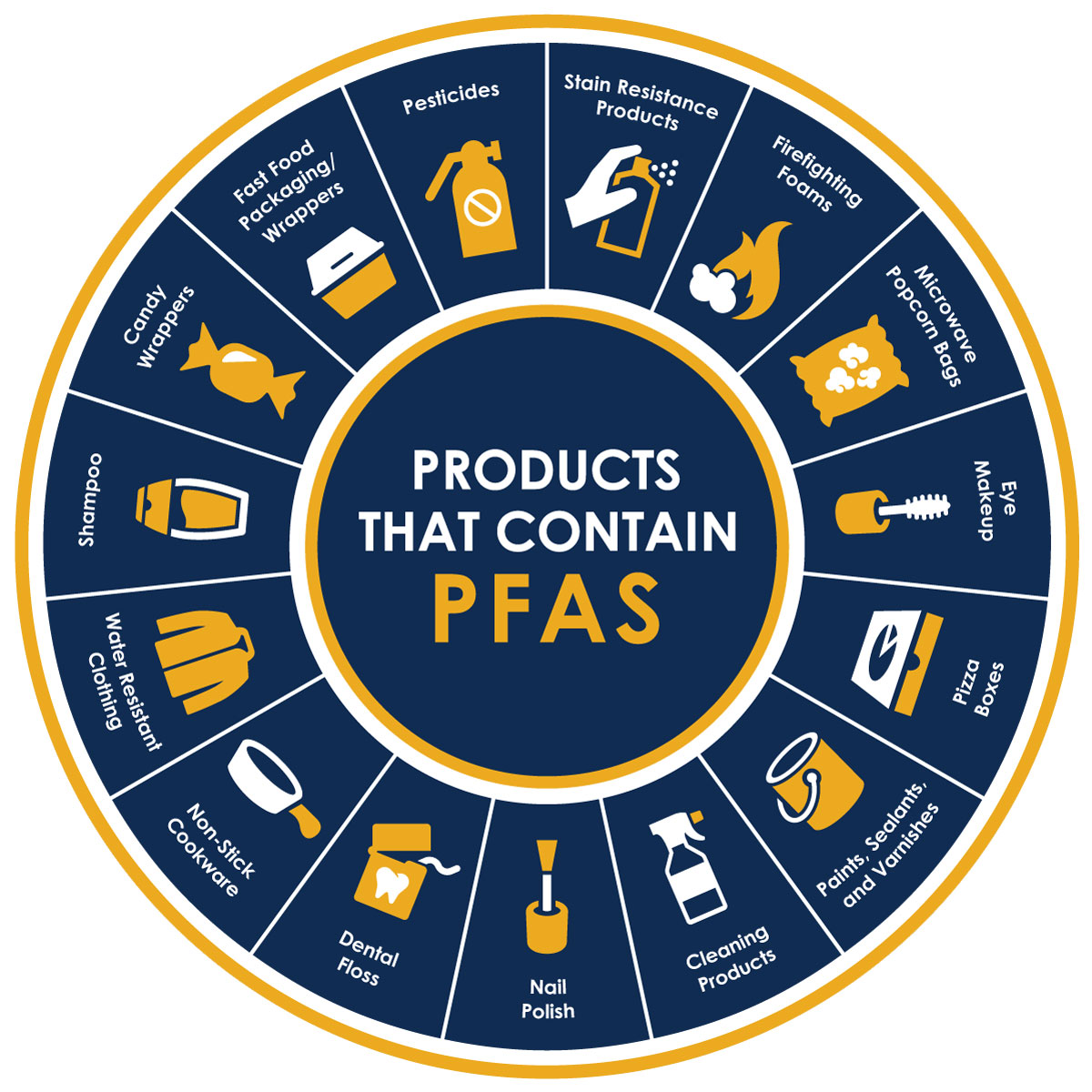Two workers show that the Strasbourg incinerator misses measurements
- Two qualified technicians from the Strasbourg incinerator (Alsace) explained in the Rue89-Strasbourg newspaper how the owners of incineration plants take advantage of the extensive capacity that the law grants them to self-control and falsify the toxic emissions of the incinerator. This fraud avoids the fines that the administration must impose (small, certain) and also the investments necessary to better manage pollutant emissions in its incineration plants.

"In two years I have seen at least ten times how the company was scamming the pollution data," said Christophe (name invented to protect the worker's identity) to Guillaume Kremppi, of the electronic newspaper Rue89 Strasbourg. He collected the testimonies of two former technicians in the chronicle "of how two Altsatian incinerators have been able to disguise their polluting emissions".
The system is very simple and called self-control: incinerators themselves control their contamination and decide what data and how to send it to the environmental authorities of the department (known as DREAL in France). One of the systems they have for this self-control is combustion analysis. "The problem," Cristoph said, is that the authors of these computer systems deliver the codes to their customers." As a result, if pollution exceeds a certain level, it is easy to remove or change the results informally. "When the incineration furnace is set in motion, or waste that did not have to reach the furnace arrives, such as PVC windows, when burned, hydrochloric acid and ash can rise at full speed. And then, we manipulate the data that allows it to be included in the norms, making "part 10."
The journalist has also addressed the authors of the software, who have told him that they keep a copy of the client’s unmanipulable data and that it is in the hands of the authorities if they want to compare them with those which the company has subsequently taught the administration. The information technology company has said that the DREAL authorities have never asked them for the real data they have in their possession.
Data from the continued control of the other incinerator in Altsacia, the city of colmar, have been sent through DREAL showing what the journalist had to publish. The journalist has analyzed these documents and graphs with a technician and soon realized that they are organized in such a way that they cannot reach conclusions, on the one hand the daily averages, and on the other a rain of data and curves. The journalist has asked for more precise and complete information from the director of the incinerator in Colmar, who has not responded to the request for a hearing.
At the incinerator in Strasbourg in 2014 it was demonstrated that some excesses of pollution had been illegally disguised, even then the workers of the company informed, risking their jobs: "It is observed that the data for the whole day, collected with the operating furnaces, were not recorded in the last computer system, as they exceeded the permitted contamination levels". One of the workers interviewed by Rue89 Strasbourg has made it clear that the main objective of this falsification of data was not to avoid fines, as the fines are not so high, while for the company it was more important not to make costly improvements in the incinerator to reduce pollution: "Electrofilters and smoke cleaning systems have long deteriorated, today they remain the same, as I have been told by colleagues who are continuing this work. They had to invest in it in order to be able to enter the norms normally." In the case, it was shown that the company Senerval, which carries the management of the incinerator, gave the employees... an accurate guide to falsify data when contamination was too big!
This same year the Strasbourg incinerator has repeatedly exceeded dioxin emissions, in particular on 21 August and 19 September. M3Co 0.17 dioxin nanograms were poured at 0.10 ng per m3 level. But that was average, because one of the two ovens provided 0.23 ng per m3. Those responsible for DREAL (calmly, yes) appeared at the incinerator on 4 November... Tamala: when the inspector appeared, the two furnaces were casually shut down.
Zero Waste Europe-k (ZWE) Espainia, Txekia eta Lituaniako hiru erraustegiri buruz argitaratu duen ikerketa berri batek egiaztatu du instalazio horien inguruetan kutsadura maila handia dagoela, eta hori arriskutsua litzateke ingurumenerako eta gertu bizi diren pertsonen... [+]
Zumarragan 2023 amaierarako eraiki nahi duten plastikoak tratatzeko plantan pirolisia erabiliko da olioa lortzeko (takoil), eta olio hori plastiko berria eta erregaiak egiteko erabiliko da. "Hondakin solidoak errez erregaia sortzen du, eta Europar Batasunaren beraren... [+]
Bergarako Udalaren webgunean irakur daiteke albistea izenburu honekin: 200 langileko kooperatiba batek Bergaratik joatea erabaki du Valogreene-k bertan ezarri nahi duelako hondakinen planta. "Paper-industriaren hondakinen tratamendurako planta Bergaran ezarri aurretik,... [+]






















